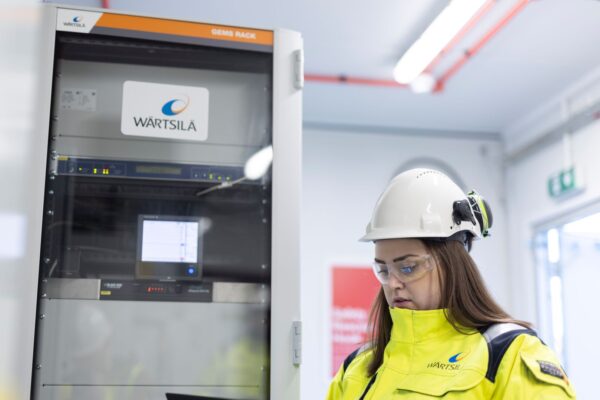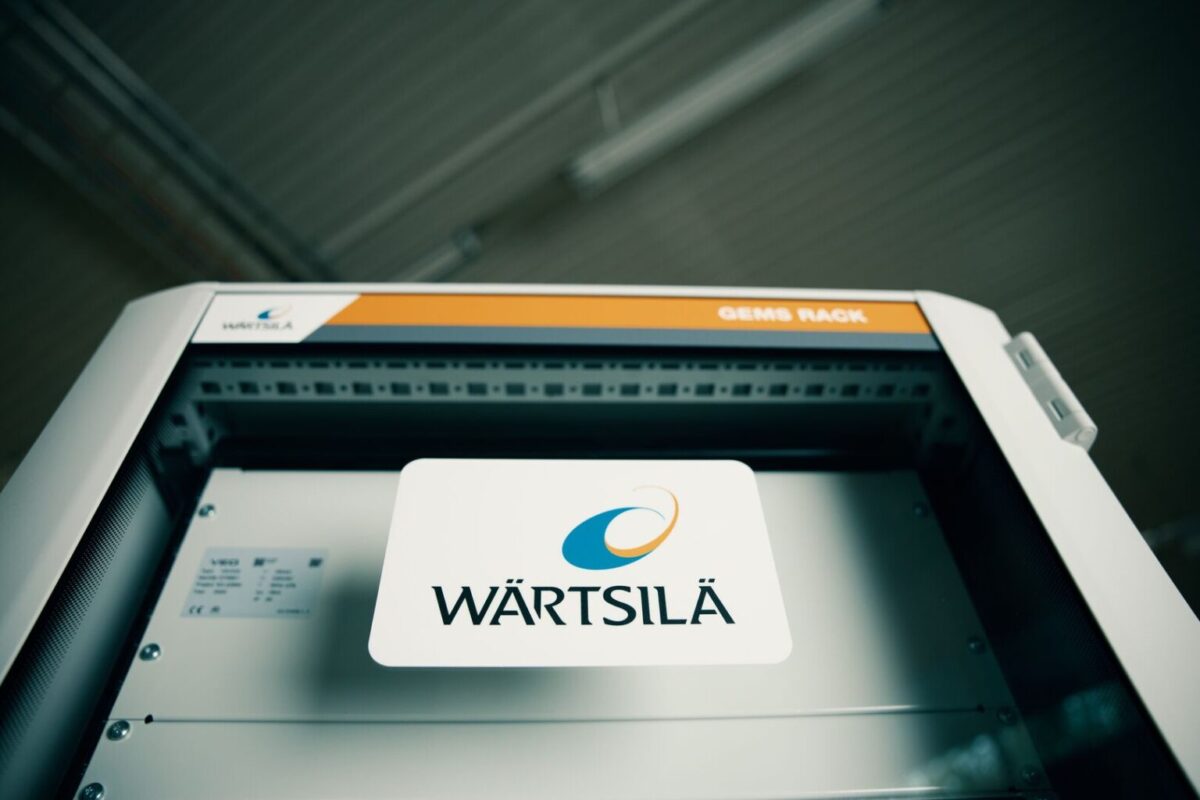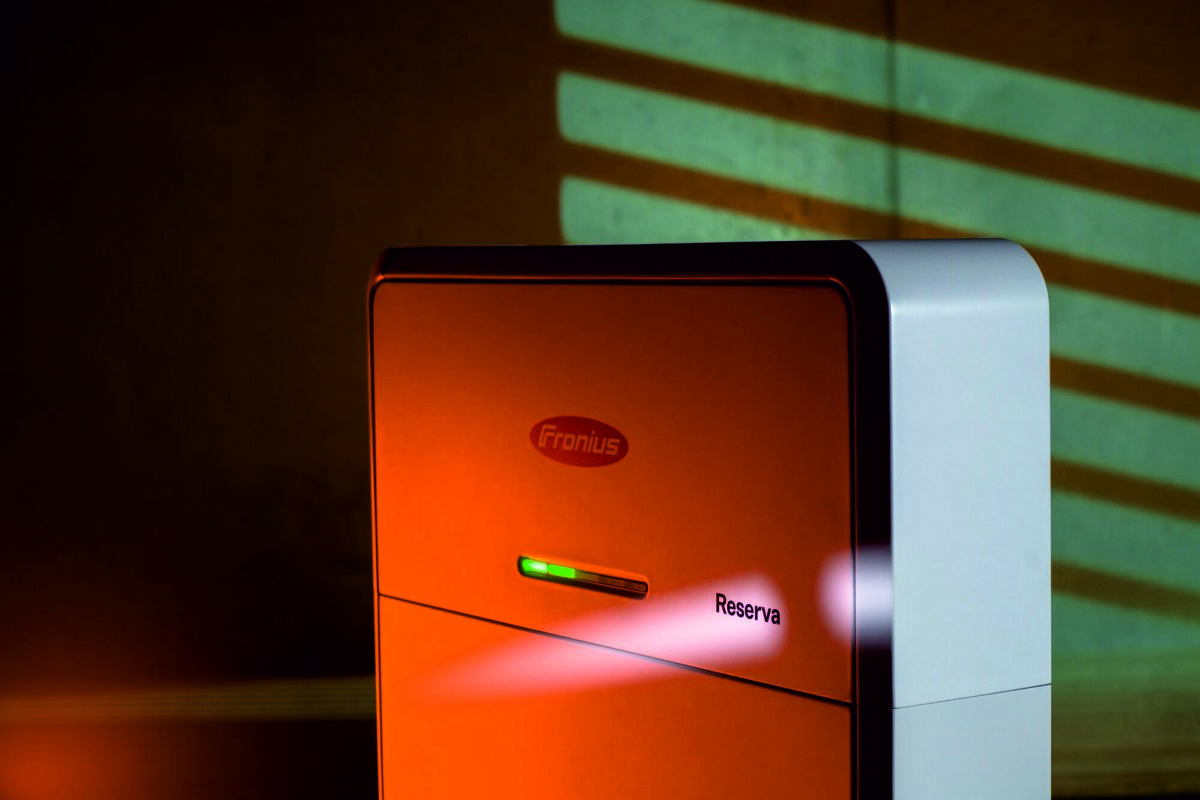Wärtsilä Energy has launched an upgrade of its GEMS software product. It claimed that this will transform the way GWh-scale BESS are managed in Australia.
The GEMS digital energy platform connects energy assets to markets and monitors, controls, and optimizes assets at both site and portfolio levels, with the new iteration, GEMS 7 operating autonomously to support multi-GWh-scale energy storage projects.
In Australia, Wärtsilä uses the GEMS management system at project sites it built, including the South Australian AGL Energy Torrens Island 250 MW/250 MWh BESS, and in New South Wales, Origin Energy’s Eraring Power Station, Stage 1 BESS (460 MW/920 MWh) and Stage 2 BESS (240 MW/1,030 MWh).
Like previous versions, GEMS 7 provides a single, unified platform in which plant owners can control and monitor project hardware, including BESS, renewable and thermal generation assets, as well as full balance of plant assets.
The new iteration allows users to comply with dynamic utility and market regulations quickly and easily as they adapt to renewable energy sources.
Wärtsilä Software Product Management General Manager Ruchira Shah told pv magazine that the technology is well-suited to Australian energy market-specific challenges and aligns with the country’s 32 GW in renewables by 2030 commitment. It also includes expanded alarm features and algorithms to enable cell balancing and state-of-charge calibration.
“There are numerous benefits to the GEMS 7 update,” Shah said. “Not only are we now enabling large-scale projects, but we are also enabling more intuitive visualisation of those projects … For small projects, it’s easy to visualise a site on a single screen, because there might only be a few inverters and battery units. For a large project, you need to have the ability to zoom in and out of different sections of your plant. GEMS 7 enables this.”
Shah said a desire and need to continuously update the GEMS platform to meet the needs of customers has been a driver for the latest version.
“Two of the biggest trends we see among customers are, a movement to increased BESS size and increasing complexity in grid code requirements and a desire for batteries to perform advanced functionality like synthetic inertia, black start, and grid forming,” Shah said. “Our GEMS 7 update is intended to support customers as they move to larger BESS sizes, while also maintaining our solid architectural platform that allows customers to quickly meet dynamic market requirements.”
Key features for GEMS 7 include the ability to control multi-GWh-scale BESS facilities within a fraction of a second, while providing asset visibilities at a battery cell level using more comprehensive visualizations for the management of large sites.
GEMS 7 includes the ability to restrict remote site control, reduce latency for fast-frequency response events (critical in Australia), and provide ongoing module-level data access. The platform also features site partitioning to allocate different revenue streams.
“Generally, GEMS benefits customers by providing a platform that can easily be adapted for new markets and new grid code requirements, which means when a new market becomes available, customers can quickly enter into that market if it is lucrative,” said Shah. “Another benefit of our platform is that we retain module-level data. This enables us to see operational issues that may go unnoticed or absent in that data.”

This content is protected by copyright and may not be reused. If you want to cooperate with us and would like to reuse some of our content, please contact: editors@pv-magazine.com.



By submitting this form you agree to pv magazine using your data for the purposes of publishing your comment.
Your personal data will only be disclosed or otherwise transmitted to third parties for the purposes of spam filtering or if this is necessary for technical maintenance of the website. Any other transfer to third parties will not take place unless this is justified on the basis of applicable data protection regulations or if pv magazine is legally obliged to do so.
You may revoke this consent at any time with effect for the future, in which case your personal data will be deleted immediately. Otherwise, your data will be deleted if pv magazine has processed your request or the purpose of data storage is fulfilled.
Further information on data privacy can be found in our Data Protection Policy.